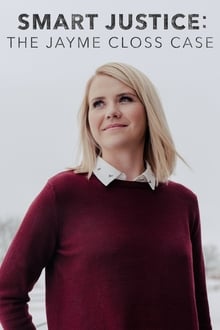
This is the incredible survival story that riveted the nation. Thirteen-year-old Jayme Closs, kidnapped from her home in Wisconsin, after watching her mother and father murdered before her eyes. After 88 days in captivity, which began in October 2018, Jayme managed to break free, run for help, and was ultimately rescued.
You May Also Like

In early 2011, Rich Teachout quit his lucrative job to focus on creating a one-of-a-kind haunted attraction. He and his partner Janel dedicated every moment, ounce of energy, and dollar to making their “Scream Park” a reality. “Monsters Wanted” is the story of their self-proclaimed madness and the industry, culture, and people who share it. We followed Rich and Janel’s efforts from the first day of building beyond the last day of the season. The result is a one-of-a-kind peek into an industry known for its macabre antics and well guarded secrets.

An exclusive look into the making of High School Musical: The Musical: The Series.

From groundbreaking human cloning research to a scandalous downfall, this documentary tells the captivating story of Korea’s most notorious scientist.

St. Pauli, the traditional district of Hamburg is changing. Local resident Johannes Neinens embarks on a journey through his own district to find out why everyone here has a different opinion.
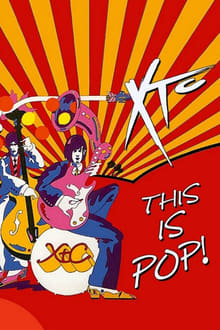
A journey into the world of one of Britain’s best-loved and most influential bands of modern times, XTC. Through a mixture of animation, archive and specially-shot sequences, the film explores the minds of principle songwriters, Partridge and Moulding.
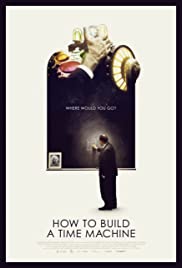
Focuses on two subjects in particular: Rob Niosi, who has spent many years building a full-scale replica of the prop from the 1960 film The Time Machine, and physicist Ronald L. Mallett, who has dedicated his life to researching the scientific possibility of time travel.
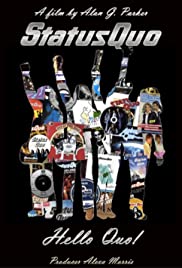
Collecting hours of previously unseen footage and classic live material with full exclusive access to all band members this is the definitive story of a band that has done and seen it all. As well as full access to the band, Hello Quo! Also features input from a host of the biggest names in rock including: Brian May of Queen, Joe Elliott of Def Leppard, Thin Lizzy, Buzzcocks, Slade, Paul Weller, Sir Cliff Richard and Midge Ure. The documentary also exclusively features the moment when the original line up of the band met again for the first time in over 30 years. A truly poignant reunion, after years of legal wrangling, saw the band clear the air but also plug in and play together once again… This Access All Areas Collector s Edition includes 3 hours of astonishing never seen before Quo footage!

An international investigation into the Rajneesh movement. One of the world’s biggest and most successful cults, it had communes in more than 30 countries in the 70s and 80s and was portrayed in the Netflix series Wild Wild Country’ But until now, a central truth about the organization has remained hidden.

The world’s most beautiful woman was also the secret inventor of secure wifi, bluetooth and GPS communications, but her arresting looks stood in the way of her being given the credit she deserved… until now.

Maternity: Broken Trust – Exposure doc exploring the failures in maternity care at the Nottingham University Hospitals Trust (NUH), and the toll it has taken on those fighting for justice.
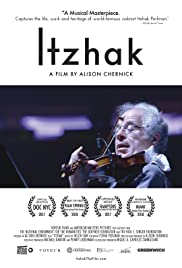
Musician Itzhak Perlman talks about family history and mastery of the violin.

Lucy Worsley gets into bed with our past monarchs to uncover the Tales from the Royal Bedchamber. She reveals that our obsession with royal bedrooms, births and succession is nothing new. In fact, the rise and fall of their magnificent beds reflects the changing fortunes of the monarchy itself.